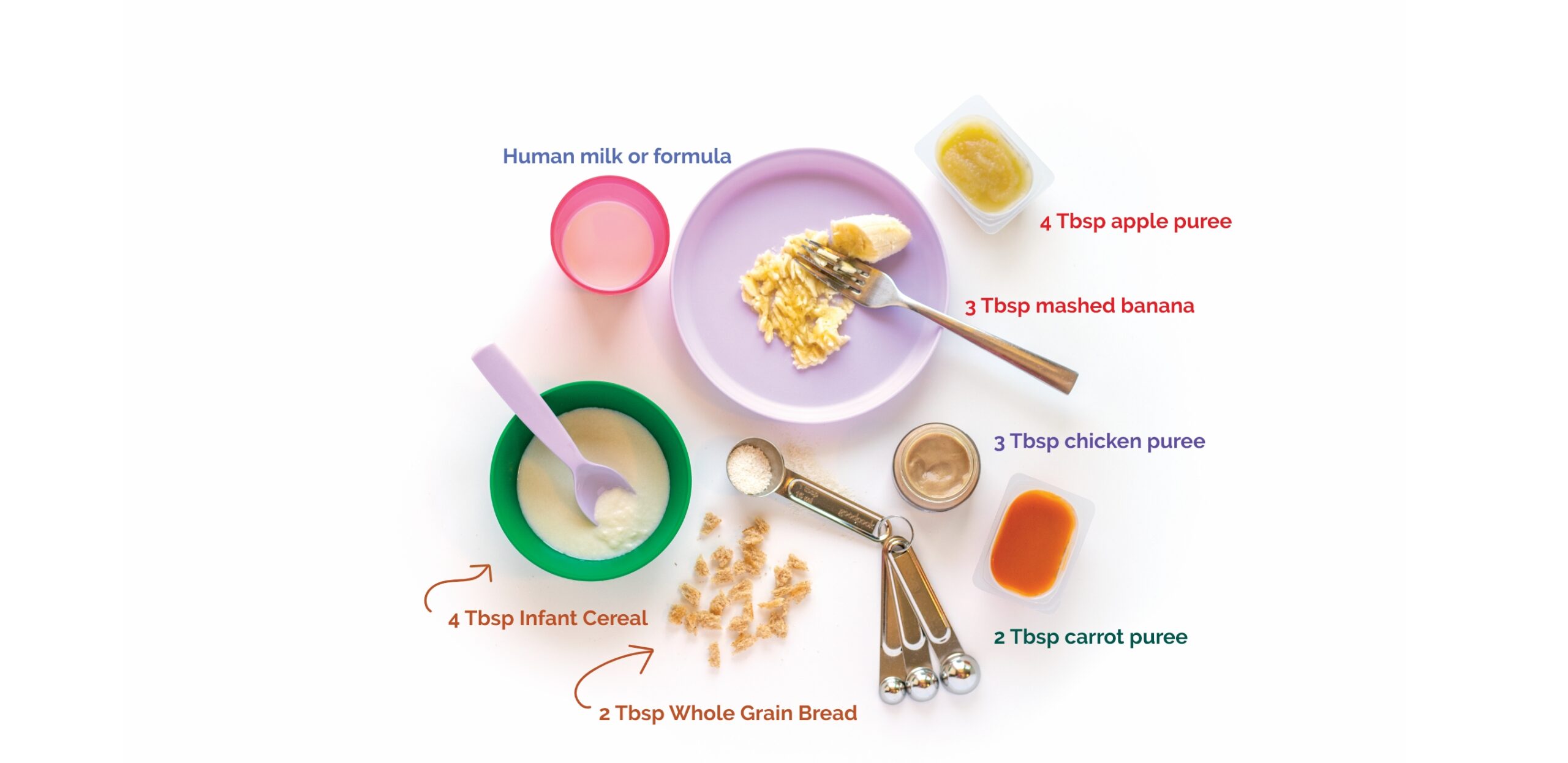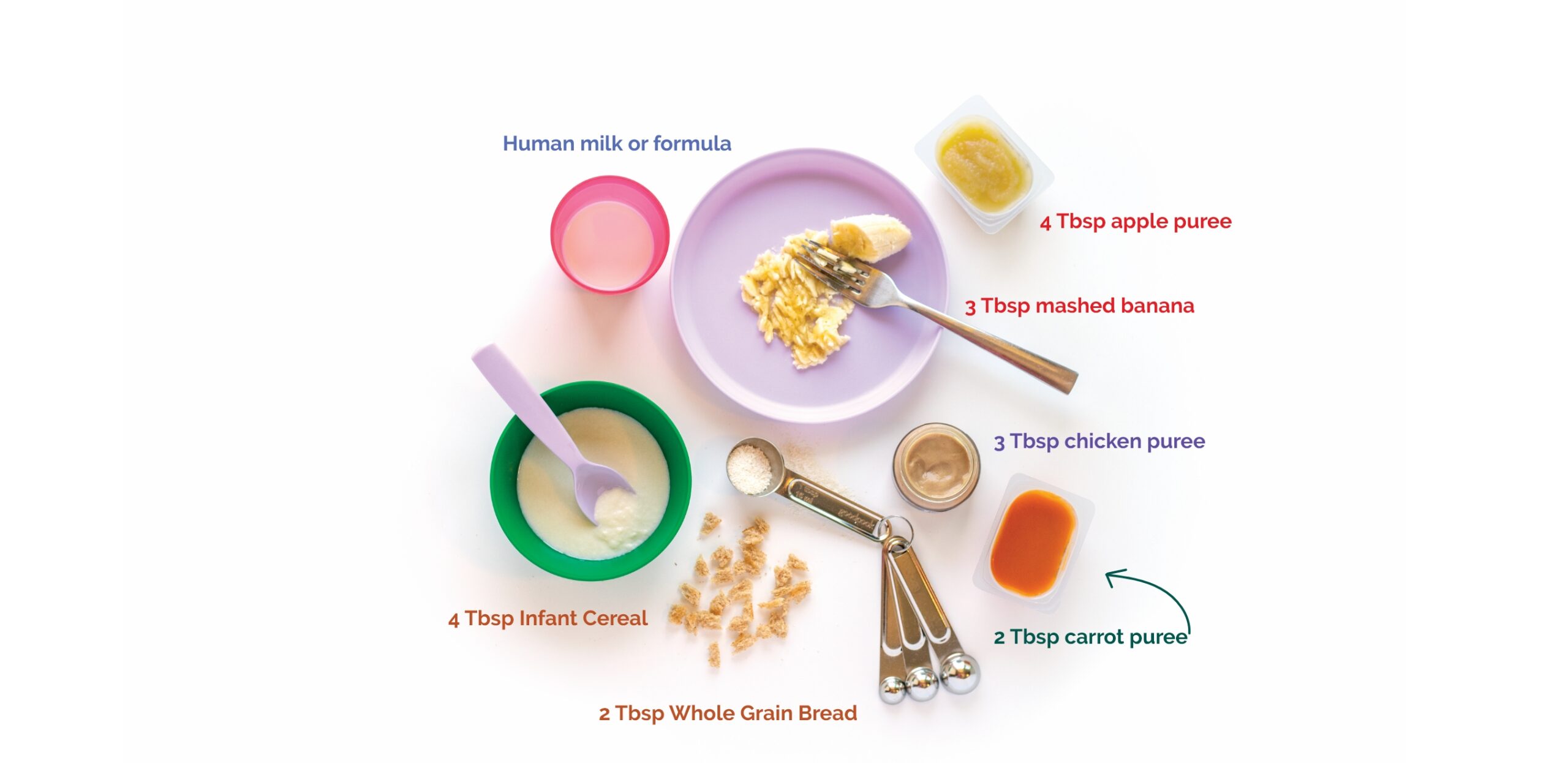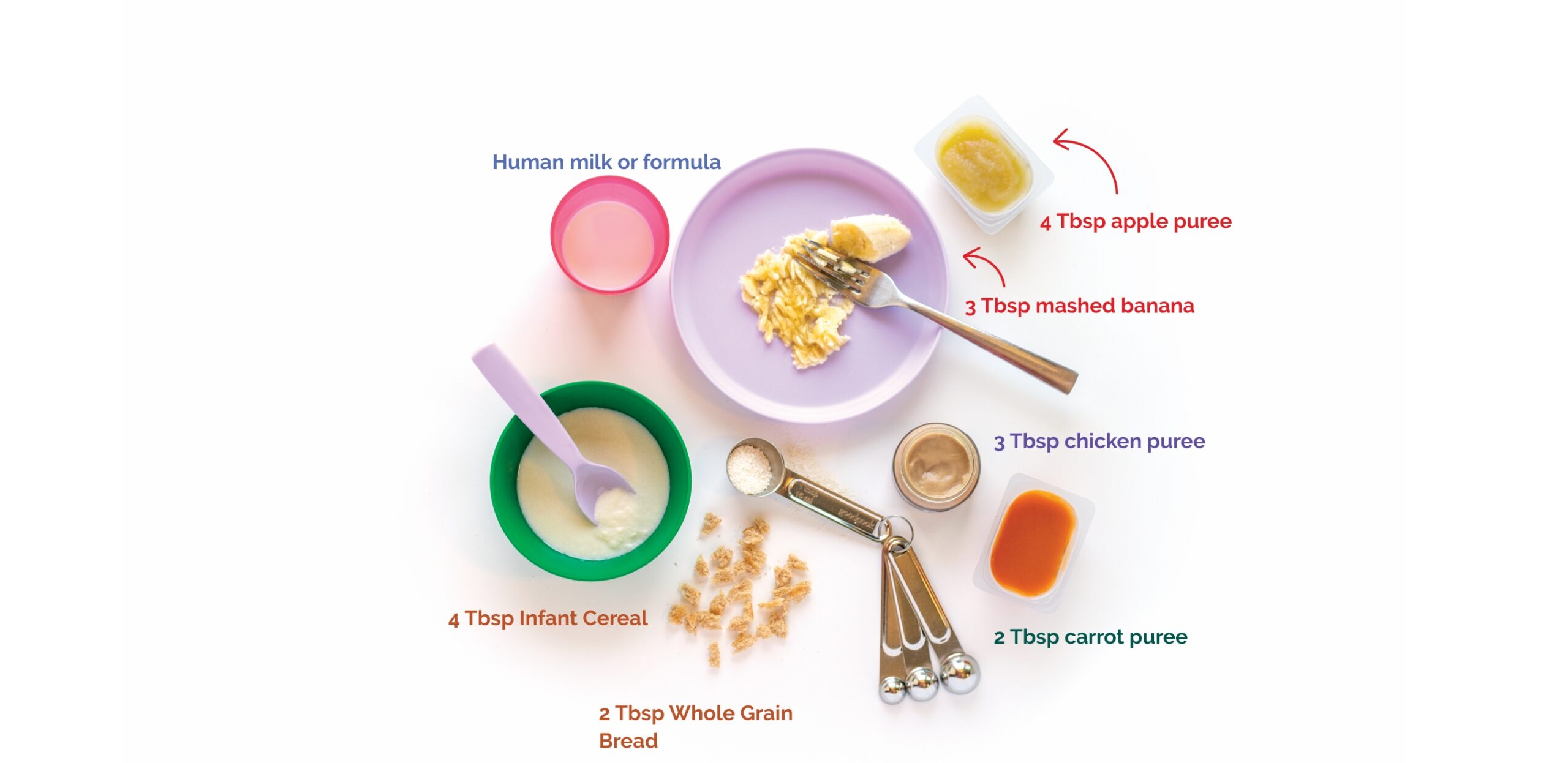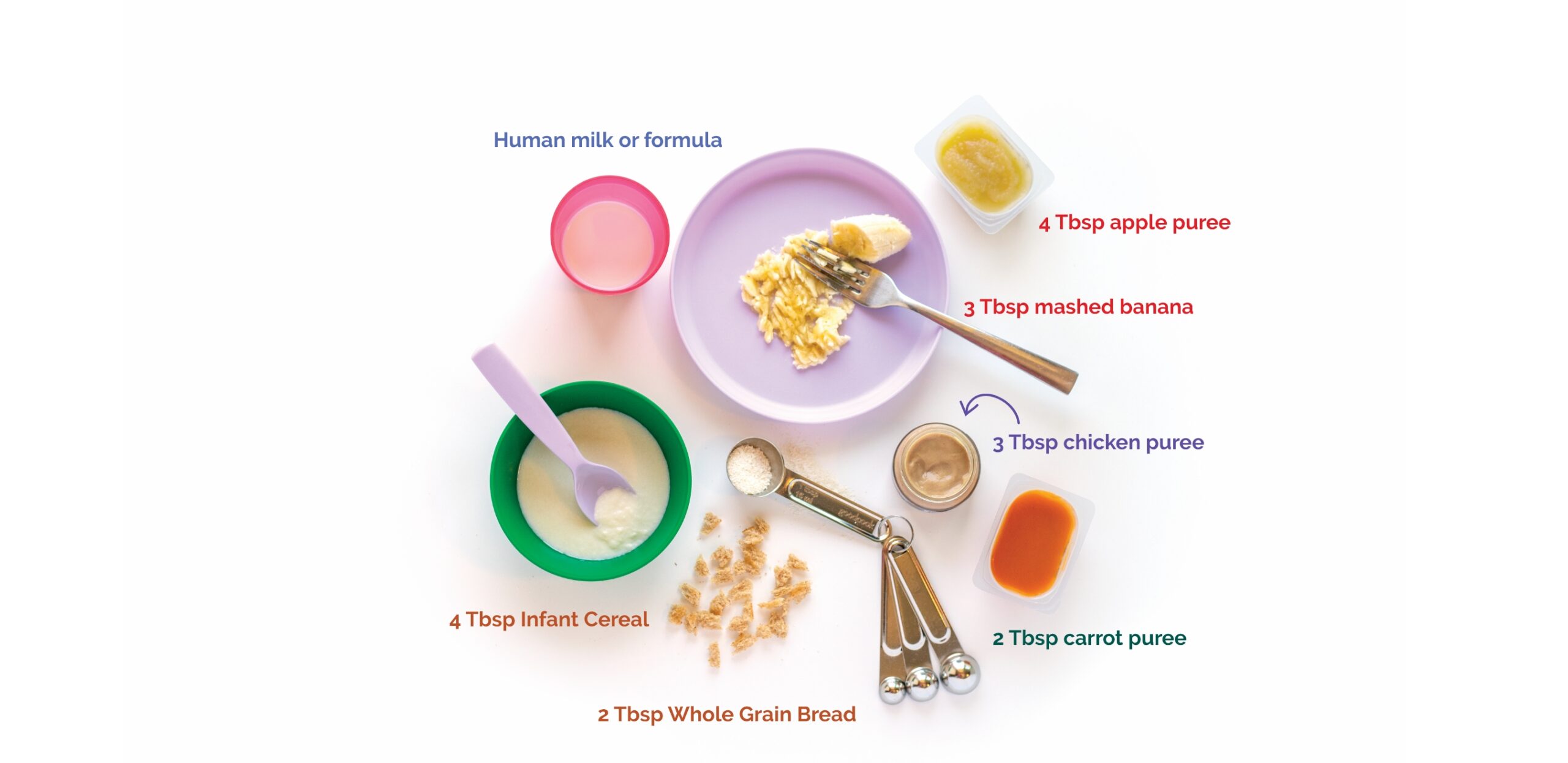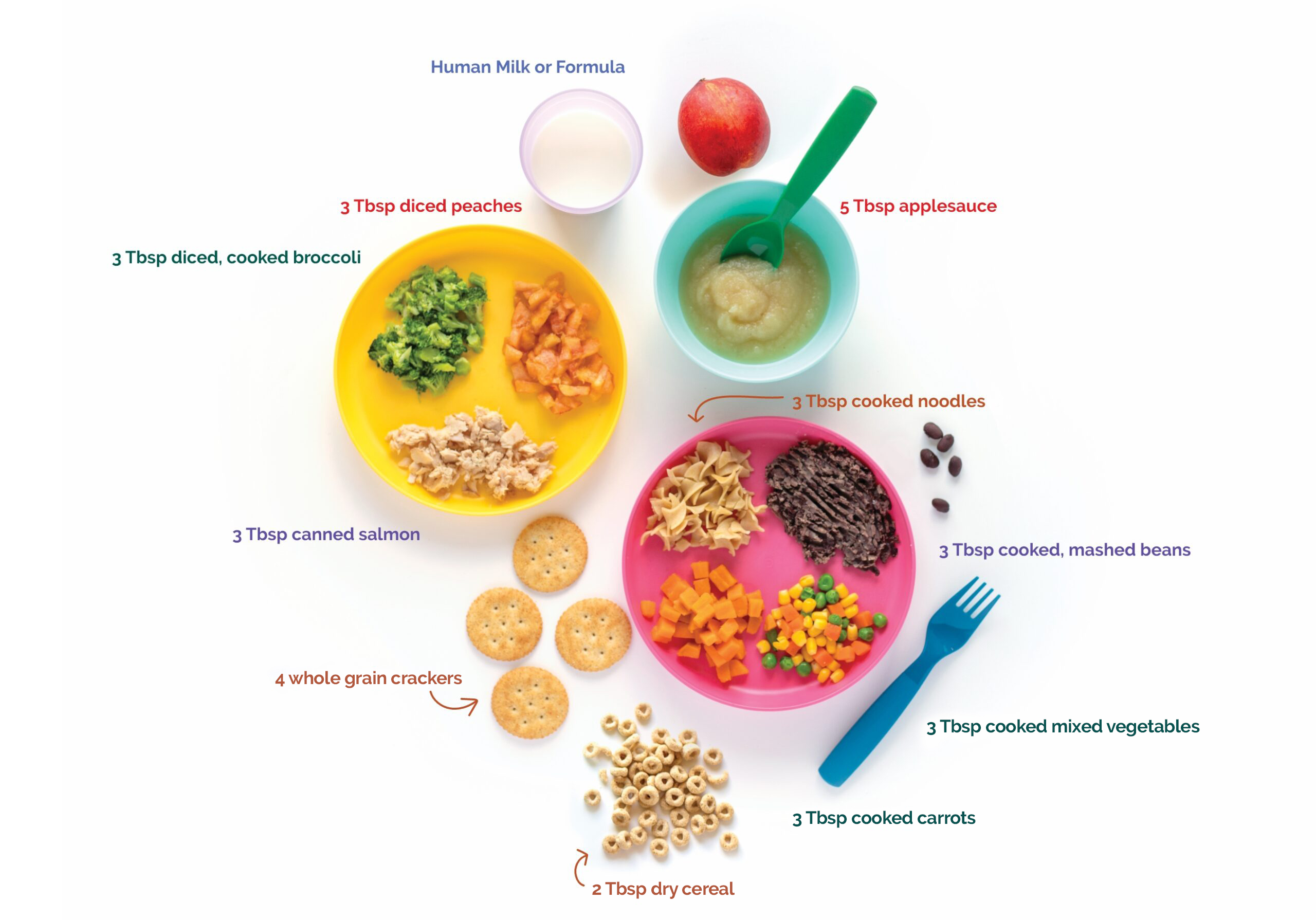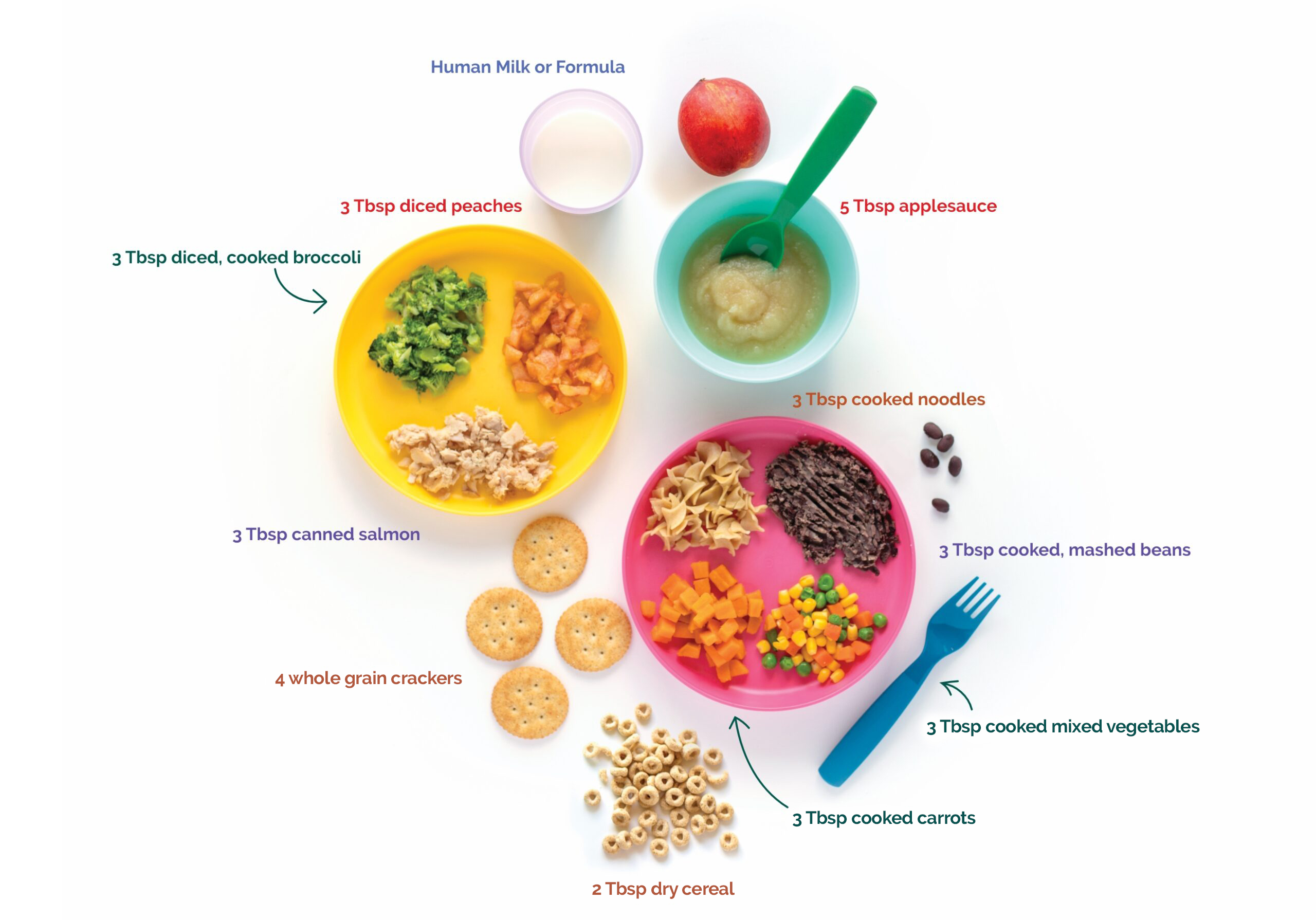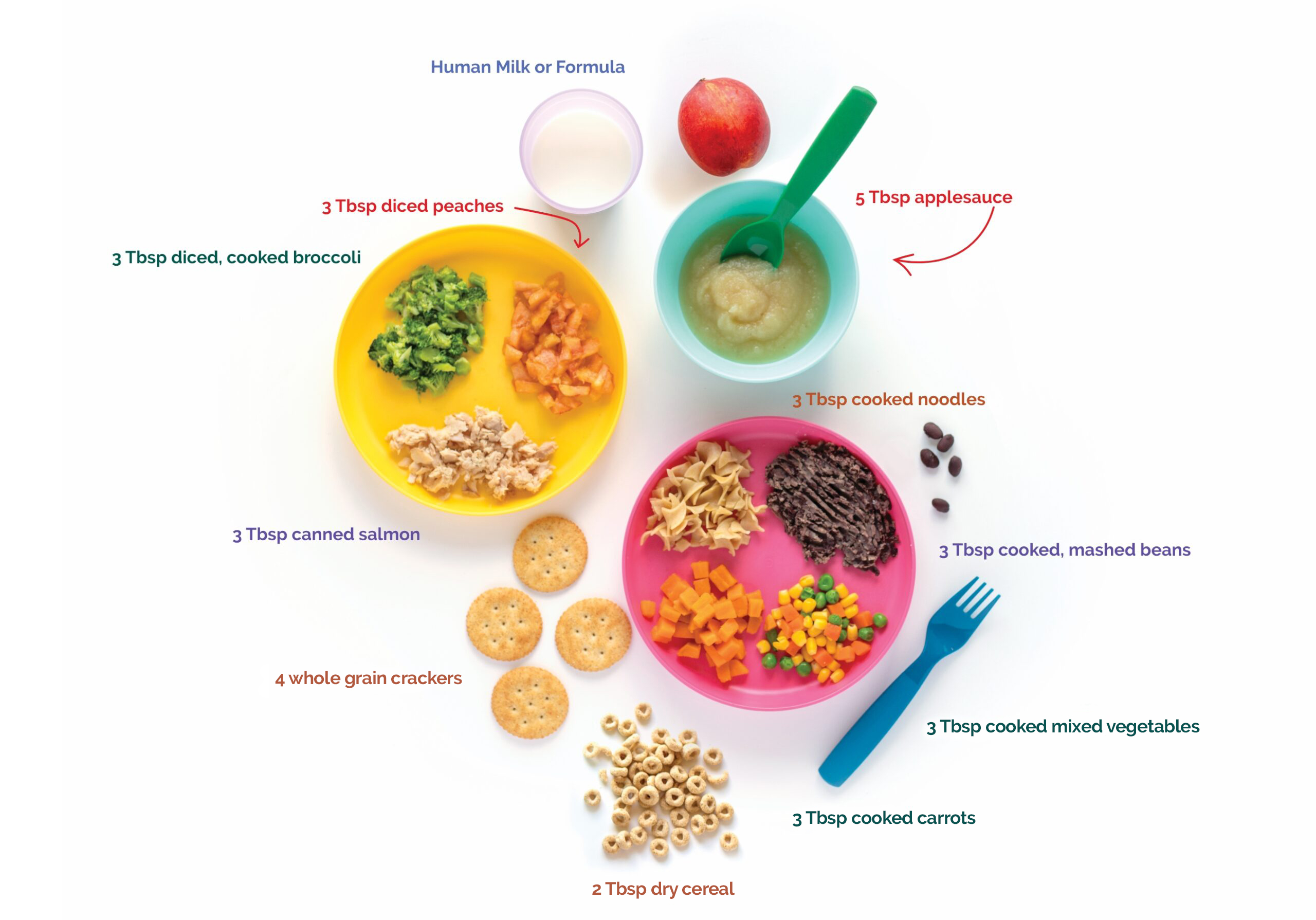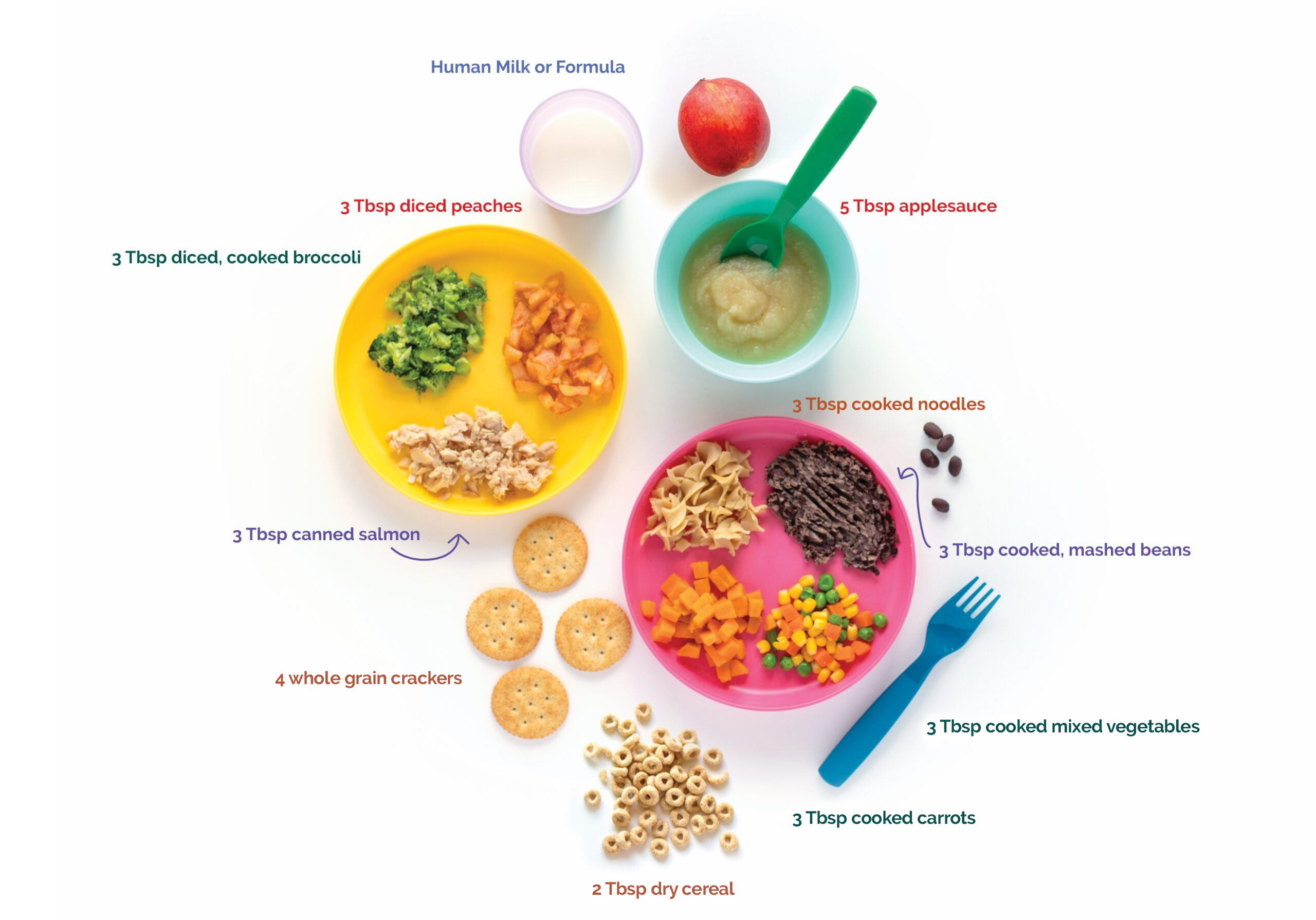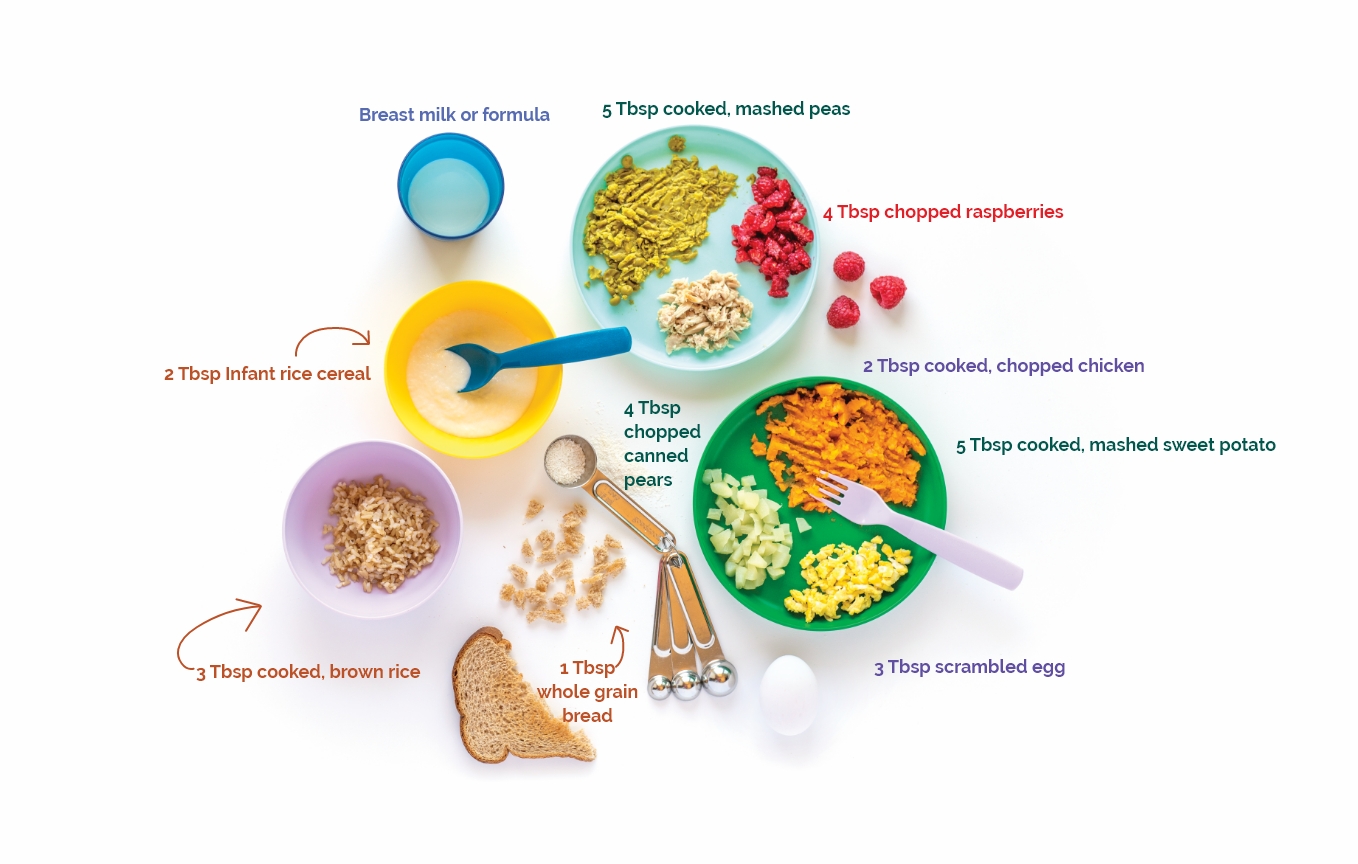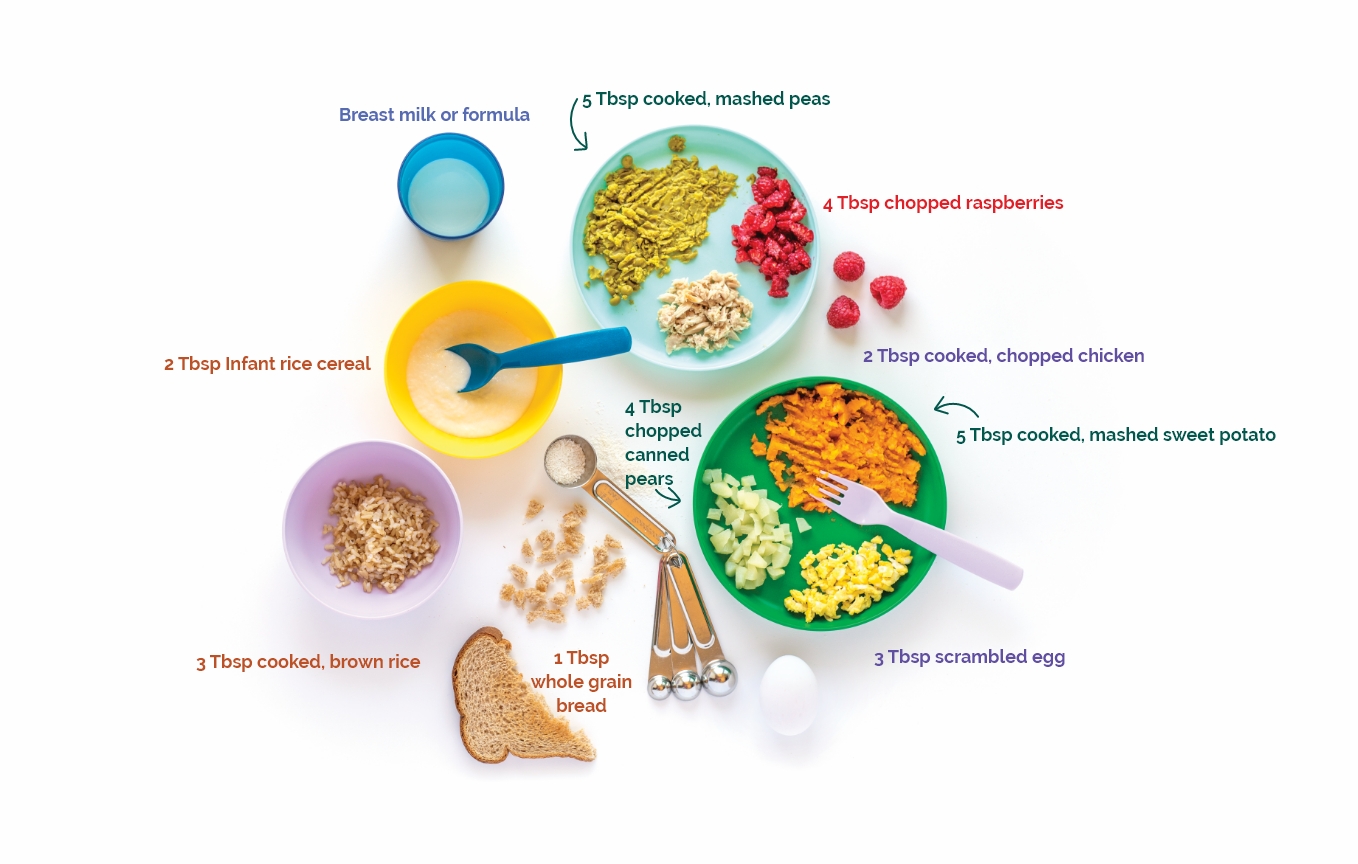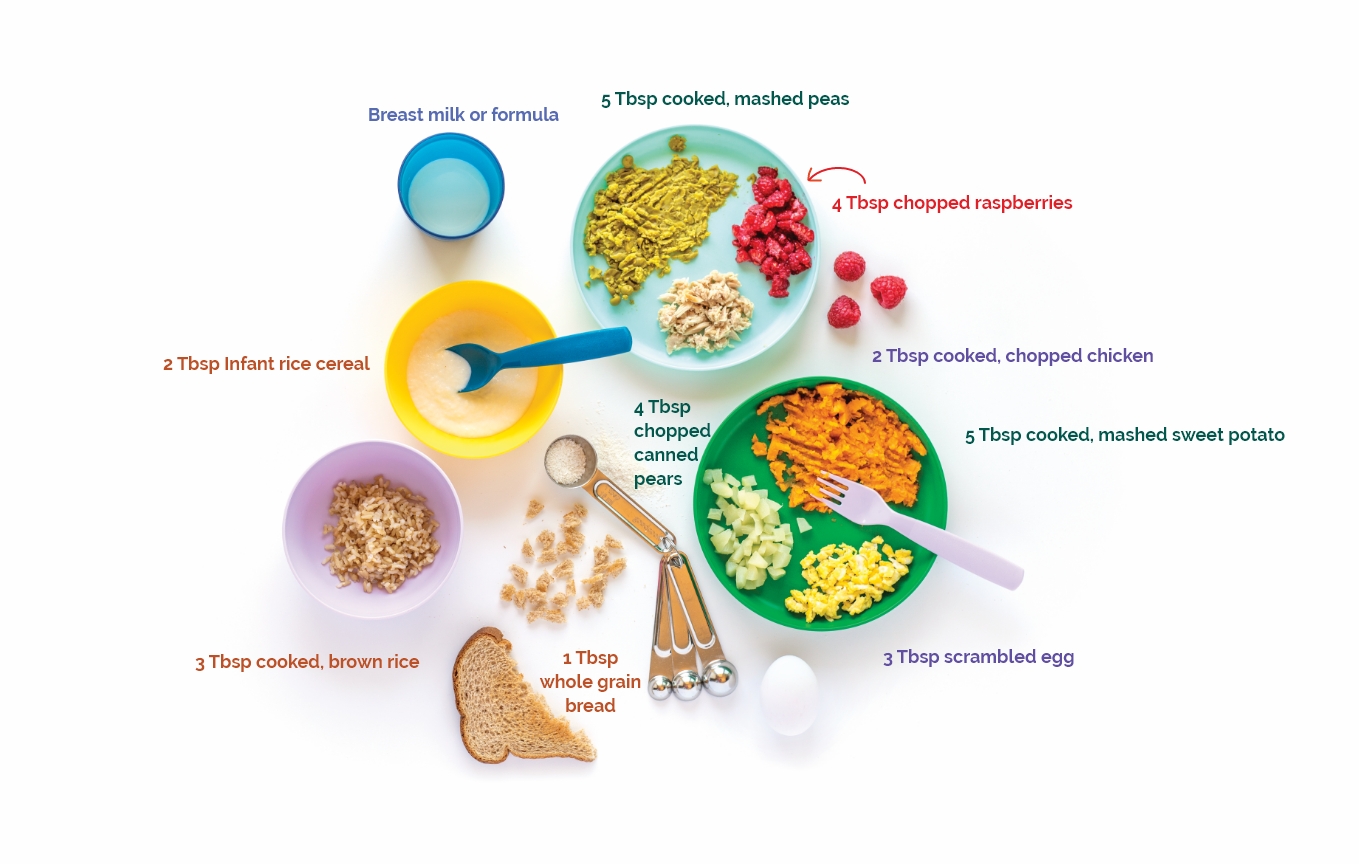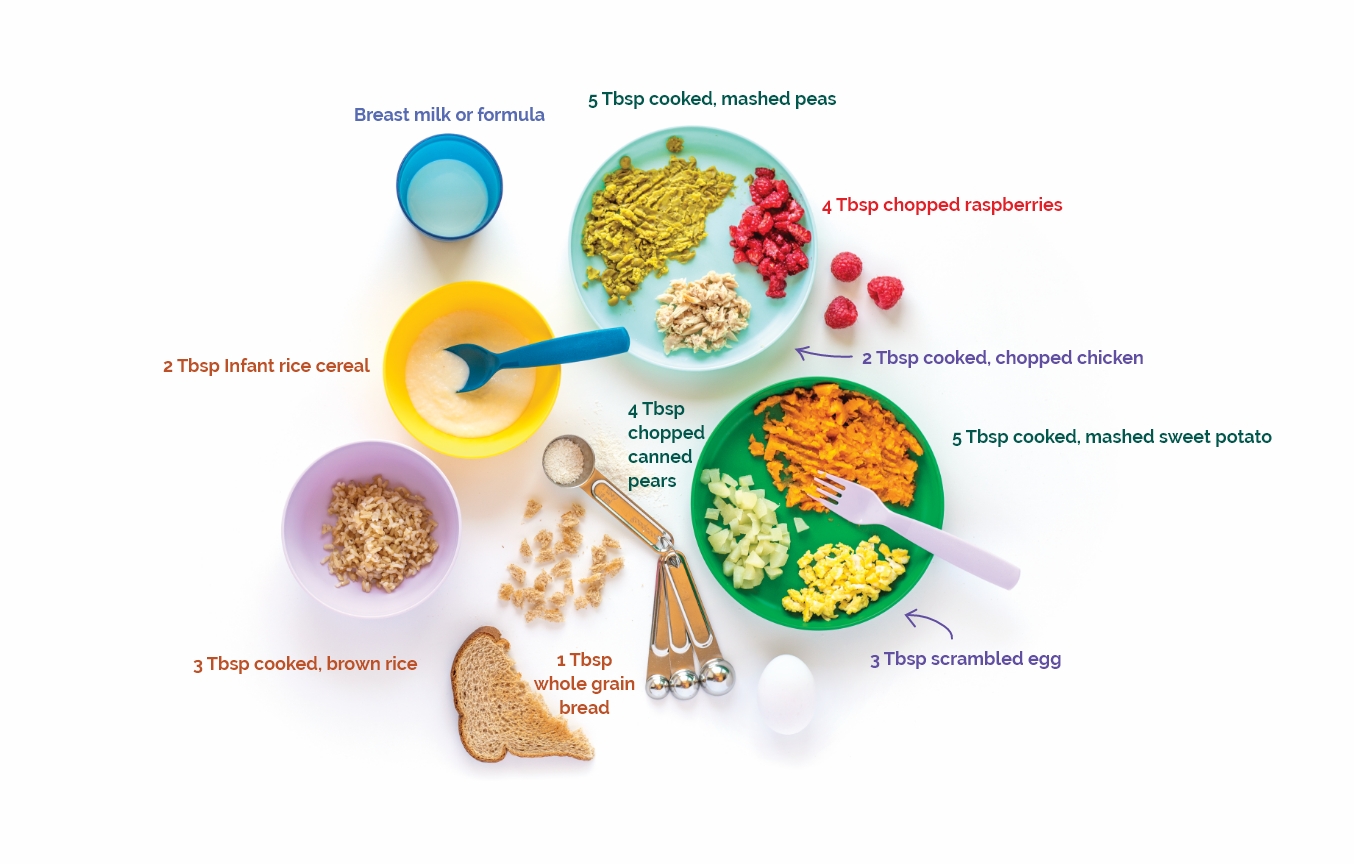Have you ever scraped the bottom of the bowl for your next bite only to discover there isn’t any left? Or felt the empty bottom of the chip bag as you were zoning out on the couch? Do you ever find yourself snacking simply because you’re bored, tired, or anxious? If so, it may be time to consider mindful eating.

Mindful Eating: A Simple Way to Build Healthy Habits for You and Your Family
- Home
- Live Well Blog
- Mindful Eating: A Simple Way to Build Healthy Habits for You and Your Family
January 15, 2025
General /Family
Eating mindfully means paying attention to what you eat, how you feel, and why you’re eating. It helps you enjoy your meals, improve your health, and build a better relationship with food. By focusing on hunger and fullness rather than emotions, mindful eating can lead to long-term benefits for both physical and mental well-being.
Did you know WIC-approved foods like fruits, vegetables, whole grains, and proteins are great for practicing mindful eating? Let’s explore how to make this a part of your family’s everyday routine.
Why Mindful Eating Matters
Practicing mindful eating has benefits for both parents and kids:
- Improves health: It supports heart health, keeps blood sugar in check, and aids digestion.
- Encourages balance: Helps you maintain a healthy weight and make better food choices.
- Boosts mood: Feeling good about food can help you feel good overall.
- Strengthens connections: Mindful meals are a chance to bond as a family.
Tips for Practicing Mindful Eating
- Listen to Your Body
Before eating, ask yourself:
“Am I hungry right now?”
“How full am I?”
This can help everyone tune in to hunger and fullness cues. If you’re not sure, try using a hunger scale from 1 (very full) to 10 (very hungry).
How Hungry Am I?
Very Full
Very Hungry
- Eat Without Distractions
Turn off the TV and put away phones or toys during meals. Eating at the table as a family helps everyone focus on their food and each other.
- Eat Slowly and Savor Each Bite
Encourage small bites and thorough chewing. For example, take time to enjoy the crunch of an apple or the creamy texture of yogurt.
- Portion Your Food
Serve meals and snacks on a plate or in a bowl rather than eating directly from the bag or box. This helps with portion control and prevents overeating.
- Notice How Food Makes You Feel
After meals, talk as a family about how certain foods affect your mood and energy. For instance, notice how a hearty oatmeal breakfast helps your child stay full and focused at school.
- Appreciate What’s on Your Plate
Take a moment to talk about the colors, flavors, and textures of your food. Teach your children about where their food comes from and how their fruits and vegetables are grown. This can help children appreciate whole foods.
Mindful Eating with WIC-Approved Foods
Turn off the TV and put away phones or toys during meals. Eating at the table as a family helps everyone focus on their food and each other.
- Snack on fruit and veggies: Instead of chips or cookies, offer carrot sticks or apple slices. Ask your kids to describe how they taste and crunch!
- Whole grain options: Swap sugary cereals for oatmeal topped with fresh berries. Talk about how oats give you energy for the day and berries help keep our bodies healthy.
- Yogurt parfaits: Let your child layer yogurt with sliced bananas, strawberries, blueberries, and WIC-approved cereal. Enjoy making and eating it together.
- Colorful plates: Create a "rainbow plate" with different foods like: kidney beans or raspberries, roasted sweet potatoes or carrots, pineapple, steamed broccoli, blueberries, purple carrots/ cabbage/ potatoes.
A Final Thought
Mindful eating isn’t about being perfect—it’s about paying attention. Start small by practicing one or two of these tips at your next meal. Over time, these habits can create a healthier, happier relationship with food for you and your family.
How will you try mindful eating this week? Share your favorite ways to enjoy WIC foods with your little ones!
AUTHOR
Amanda Hojnacki
REFERENCES:
Nelson JB. Mindful Eating: The Art of Presence While You Eat. Diabetes Spectr. 2017 Aug;30(3):171-174. doi: 10.2337/ds17-0015. PMID: 28848310; PMCID: PMC5556586.
https://pmc.ncbi.nlm.nih.gov/articles/PMC5556586/
Brighter Bites. Mindful Eating.
https://brighterbites.org/wp-content/uploads/2020/05/Mindful-Eating.pdf
